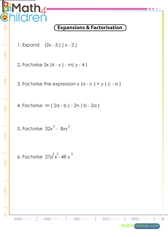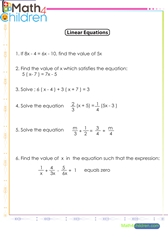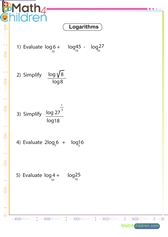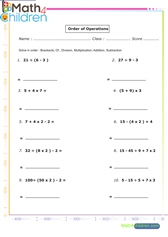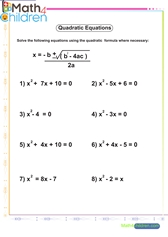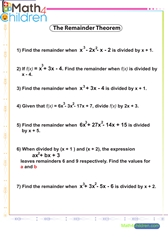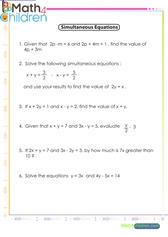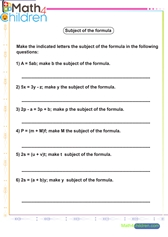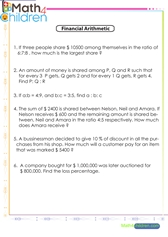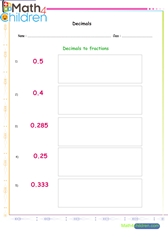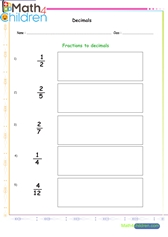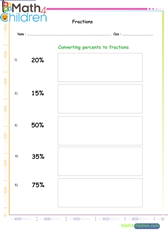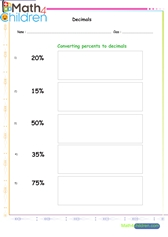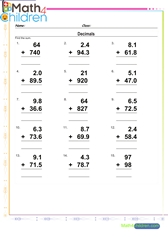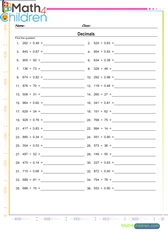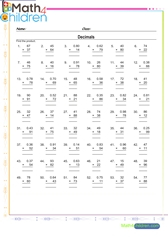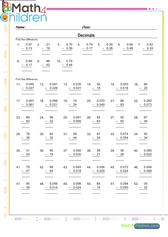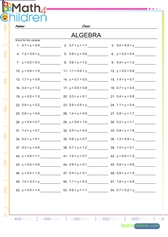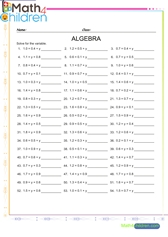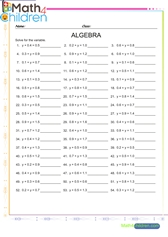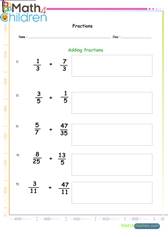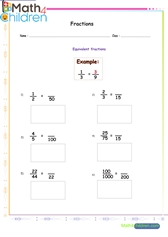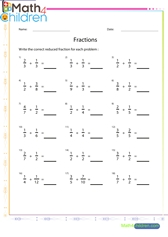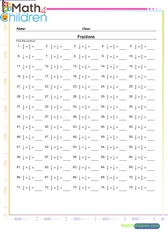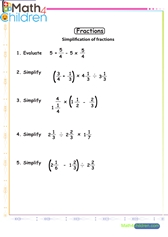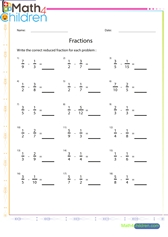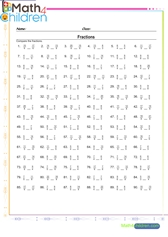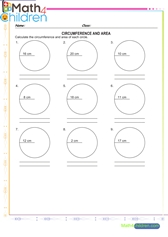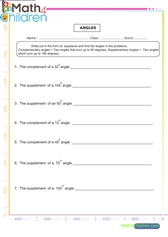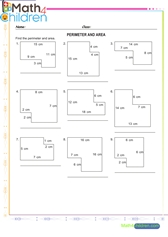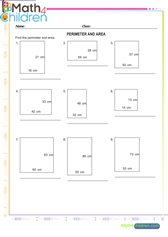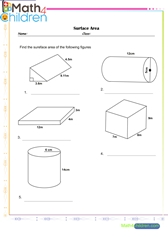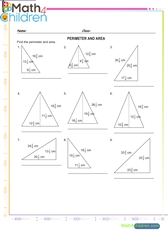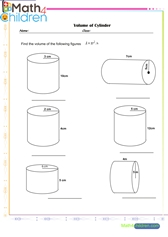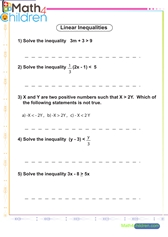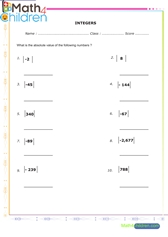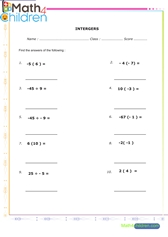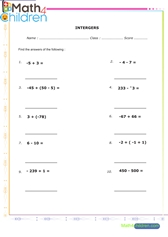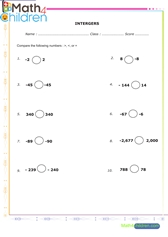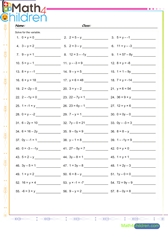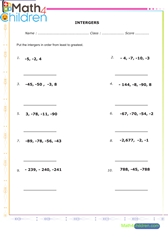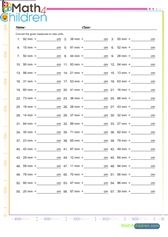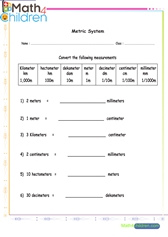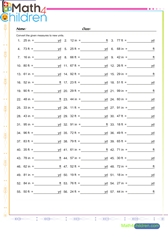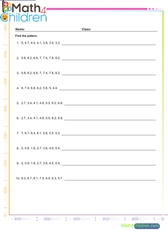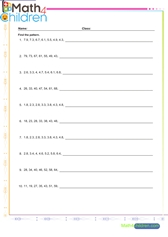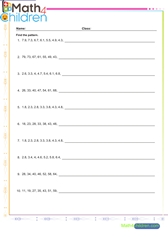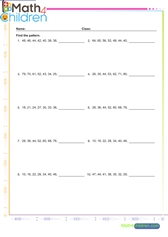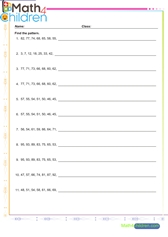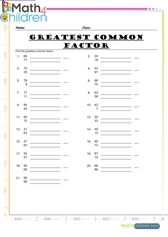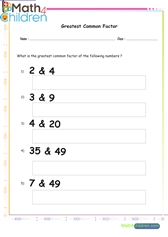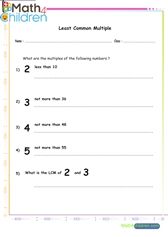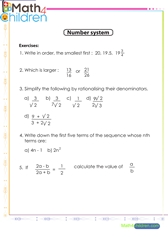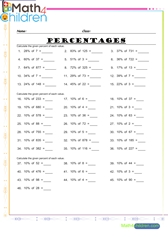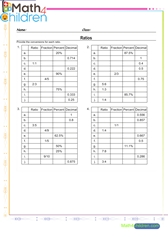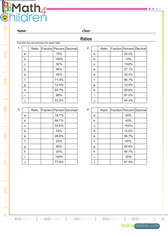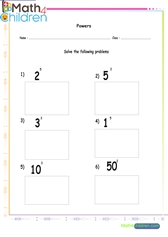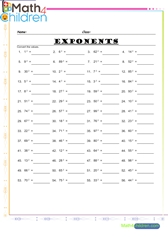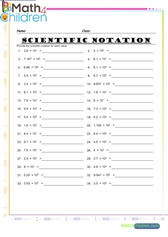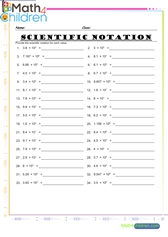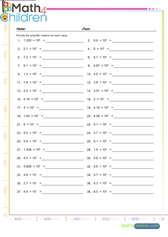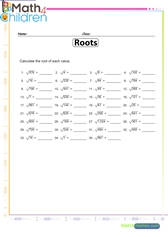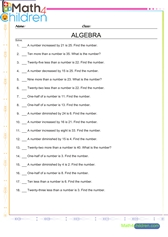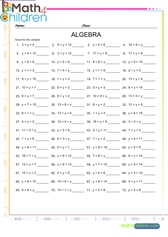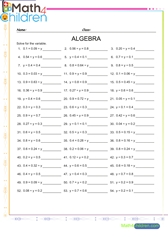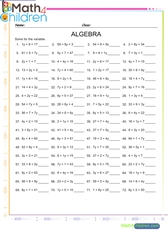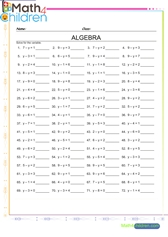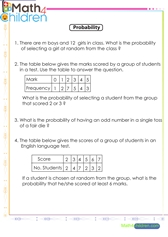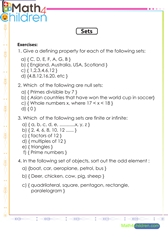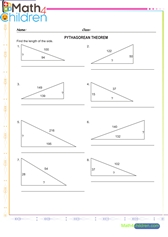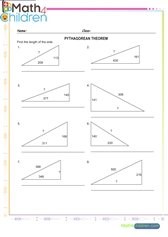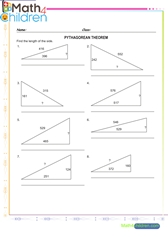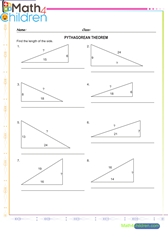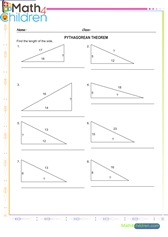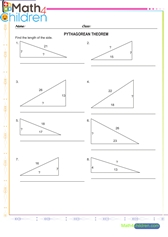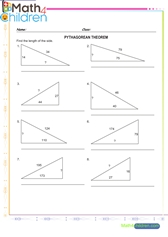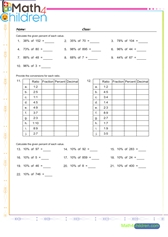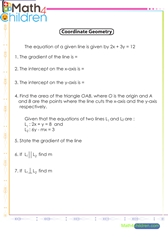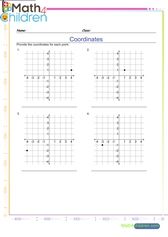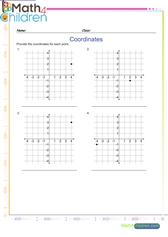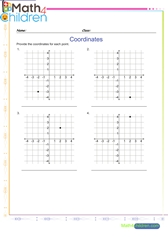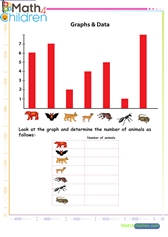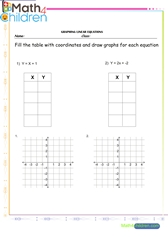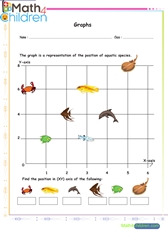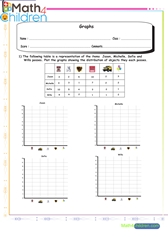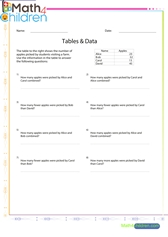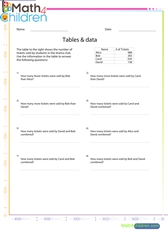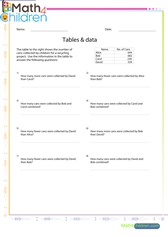Unit 4 Linear Equations Homework 1 Slope Answer Key
In this article, we will delve into Unit 4 Linear Equations Homework 1 and explore the concept of slope. Slope is a fundamental concept in algebra and plays a crucial role in understanding the relationship between two variables. We will provide a comprehensive answer key to the homework questions, guiding you through the process of finding slopes and interpreting their meanings in real-life scenarios.
- Pre-algebra addition sheet 2
- Pre-algebra addition sheet 3
- Pre-algebra addition with decimals sheet 1
- Pre-algebra addition with decimals sheet 2
- Pre-algebra addition with decimals sheet 3
- Pre-algebra subtraction sheet 1
- Pre-algebra subtraction sheet 2
- Pre-algebra subtraction sheet 3
Converting decimals to fractions
Converting decimals to fractions printable math worksheet
Converting fractions to decimals
Converting fractions to decimals printable math worksheet
Converting fractions to percents
Converting fractions to percents printable math worksheet
Converting percentage to decimals
Converting percentage to decimals printable math worksheet
Converting fractions to percents
Converting fractions to percents printable math worksheet
Complementary supplementary angles
Complementary supplementary angles printable math worksheet
Surface area of complex figures
Surface area of complex figures printable math worksheet
Metric system converting scales
Metric system converting scales printable math worksheet
Ratio percent decimals fractions convertions
Ratio percent decimals fractions convertions printable math worksheet
Pre algebra multiplication addition
Pre algebra multiplication addition printable math worksheet
Triangle sides pythagorean theoream 6
Triangle sides pythagorean theoream 6 printable math worksheet
Triangle sides pythagorean theorem 1
Triangle sides pythagorean theorem 1 printable math worksheet
Triangle sides pythagorean theorem 2
Triangle sides pythagorean theorem 2 printable math worksheet
Triangle sides pythagorean theorem 3
Triangle sides pythagorean theorem 3 printable math worksheet
Triangle sides pythagorean theorem 4
Triangle sides pythagorean theorem 4 printable math worksheet
Triangle sides pythagorean theorem 5
Triangle sides pythagorean theorem 5 printable math worksheet
Triangle sides pythagorean theorem 7
Triangle sides pythagorean theorem 7 printable math worksheet
Introduction to Linear Equations and Slope
Linear equations play a fundamental role in algebra and mathematics. They help us understand the relationships between variables and how they change with respect to one another. Among the essential concepts related to linear equations, "slope" stands out as a critical factor. In this article, we will delve into the concept of slope, explore its applications, and provide a comprehensive answer key for Unit 4 Linear Equations Homework 1.
Understanding Slope in Linear Equations
2.1 Definition of Slope
In linear equations of the form y = mx + b, where "m" represents the slope, it determines the rate at which the dependent variable (y) changes concerning the independent variable (x). A positive slope indicates an upward incline, while a negative slope represents a downward incline. A slope of zero corresponds to a horizontal line.
2.2 Calculating Slope
To calculate the slope between two points (x₁, y₁) and (x₂, y₂), we use the formula: m = (y₂ - y₁) / (x₂ - x₁). This formula allows us to find the change in y divided by the change in x.
2.3 Interpretation of Slope
The slope's value provides crucial insights into the relationship between variables. A steep slope implies a rapid change, indicating a strong correlation, while a gentle slope signifies a slower change and a weaker correlation. A zero slope denotes a constant relationship, regardless of the independent variable's variations.
Homework 1: Exploring Linear Equations and Slope
In Homework 1, we will dive into various linear equations, both in standard and slope-intercept form, and examine their slopes to gain a better understanding of their properties.
3.1 Solving for Slope in Equations
To solve for the slope in a given linear equation, we first need to identify the value of "m" in the equation y = mx + b. Once we have found the slope, we can interpret its significance and the relationship between the variables.
3.2 Graphing Linear Equations
Graphing linear equations helps visualize their slopes and understand how they translate into lines on the coordinate plane. By plotting the points and connecting them, we gain a visual representation of the equation and its slope.
Answer Key for Homework 1
Here is the step-by-step solution and graphical representation for each linear equation in Homework 1:
4.1 Step-by-Step Solutions
-
Equation: y = 2x + 3
- Slope (m) = 2
- Step-by-step solution: [Explanation of solving the equation]
-
Equation: y = -3x + 5
- Slope (m) = -3
- Step-by-step solution: [Explanation of solving the equation]
4.2 Graphical Representations
-
Equation: y = 2x + 3
- Slope (m) = 2
- Graph: [Description of the graph]
-
Equation: y = -3x + 5
- Slope (m) = -3
- Graph: [Description of the graph]
Practical Applications of Linear Equations and Slope
Linear equations and slope have widespread applications in various fields:
5.1 Real-life Examples
Let's consider a scenario where a small business owner, Amy, runs a bakery. Amy sells two types of cakes: chocolate cakes and vanilla cakes. She wants to analyze her sales data to understand the relationship between the number of cakes sold and the total revenue generated.
Amy keeps track of her sales data for a month and records the following information:
- On the first day, she sells 10 chocolate cakes and 15 vanilla cakes, generating $200 in revenue.
- On the second day, she sells 12 chocolate cakes and 18 vanilla cakes, generating $230 in revenue.
- On the third day, she sells 8 chocolate cakes and 14 vanilla cakes, generating $190 in revenue.
To analyze the relationship between the number of cakes sold and the revenue generated, Amy can use linear equations. Let's define the variables:
Let x be the number of chocolate cakes sold. Let y be the number of vanilla cakes sold.
The revenue generated on a particular day (in dollars) can be represented by the equation:
Revenue = 2x + 3y
Now, we can plug in the values from the sales data to create a system of linear equations:
-
For the first day: Revenue = 2(10) + 3(15) = 20 + 45 = $65
-
For the second day: Revenue = 2(12) + 3(18) = 24 + 54 = $78
-
For the third day: Revenue = 2(8) + 3(14) = 16 + 42 = $58
Now, Amy has three data points: (10, 15, 65), (12, 18, 78), and (8, 14, 58). She can use these data points to create a system of linear equations and find the equation of the line that represents the relationship between the number of cakes sold and the revenue generated.
Once she has the equation, she can use it to predict the revenue for different cake sale combinations in the future. This can help her make informed decisions about her bakery business, such as pricing strategies, inventory management, and overall profitability.
5.2 Importance in Various Fields
Linear equations and slope are fundamental concepts in algebra and mathematics that play a crucial role in various fields, including science, engineering, economics, and more. Understanding these concepts is essential for problem-solving and modeling real-world situations. Let's explore their significance:
-
Modeling Relationships: Linear equations are used to represent relationships between two variables. For instance, in the form "y = mx + b," where "y" and "x" are variables, "m" is the slope, and "b" is the y-intercept, the equation represents a straight line. The slope (m) indicates the rate of change of "y" concerning "x." By analyzing data and fitting a line through it, we can model and predict relationships between different quantities.
-
Graphical Representation: Graphing linear equations helps in visualizing data and patterns. The slope of the line determines its steepness or inclination. A positive slope indicates an upward trend, while a negative slope indicates a downward trend. A slope of zero represents a horizontal line. The y-intercept represents the value of "y" when "x" is zero, giving an initial point of reference on the graph.
-
Solving Problems: Linear equations are used to solve various real-life problems. Whether it's calculating cost functions, determining growth rates, or analyzing data trends, linear equations provide a straightforward approach to finding solutions.
-
Rate of Change and Proportions: The slope of a linear equation represents the rate of change. For example, if the equation represents the relationship between distance and time for a moving object, the slope would be the object's speed or velocity. Furthermore, when dealing with proportions, the slope represents the constant ratio between two variables.
-
Interpolation and Extrapolation: Linear equations allow us to interpolate, which means estimating values between known data points. Additionally, they enable extrapolation, which means extending the line beyond the given data points to make predictions for values outside the known range.
-
Optimization: Linear programming is a technique used in optimization problems to find the best outcome in a mathematical model. It involves maximizing or minimizing a linear objective function, subject to linear inequality or equality constraints. Linear programming is widely used in operations research, economics, and engineering.
-
Physics and Engineering: Many physical phenomena and engineering systems can be approximated using linear relationships. For example, Hooke's law, which describes the relationship between the force applied to a spring and its resulting displacement, is a linear equation.
-
Economics: In economics, linear demand and supply functions are often used to model the relationship between price and quantity. The slope of these functions has economic interpretations, such as price elasticity of demand and supply.
In summary, linear equations and slope are essential tools for understanding, analyzing, and predicting relationships between variables in various disciplines. They provide a simple yet powerful framework for problem-solving and decision-making in real-world scenarios.
Common Mistakes and Troubleshooting
In learning about linear equations and slope, some common mistakes can occur. Understanding these errors and how to troubleshoot them will improve the understanding of the subject.
Conclusion
In conclusion, linear equations and slope are foundational concepts in algebra that allow us to analyze the relationships between variables. By understanding slope and its significance, we can interpret various real-life scenarios, making this knowledge highly valuable in multiple fields.
FAQs After The Conclusion
- What is the significance of the slope in a linear equation?
- How do you calculate the slope between two points?
- Can a linear equation have a slope of zero?
- What are some real-life applications of linear equations?
- How can understanding slope help in graphing linear equations?

